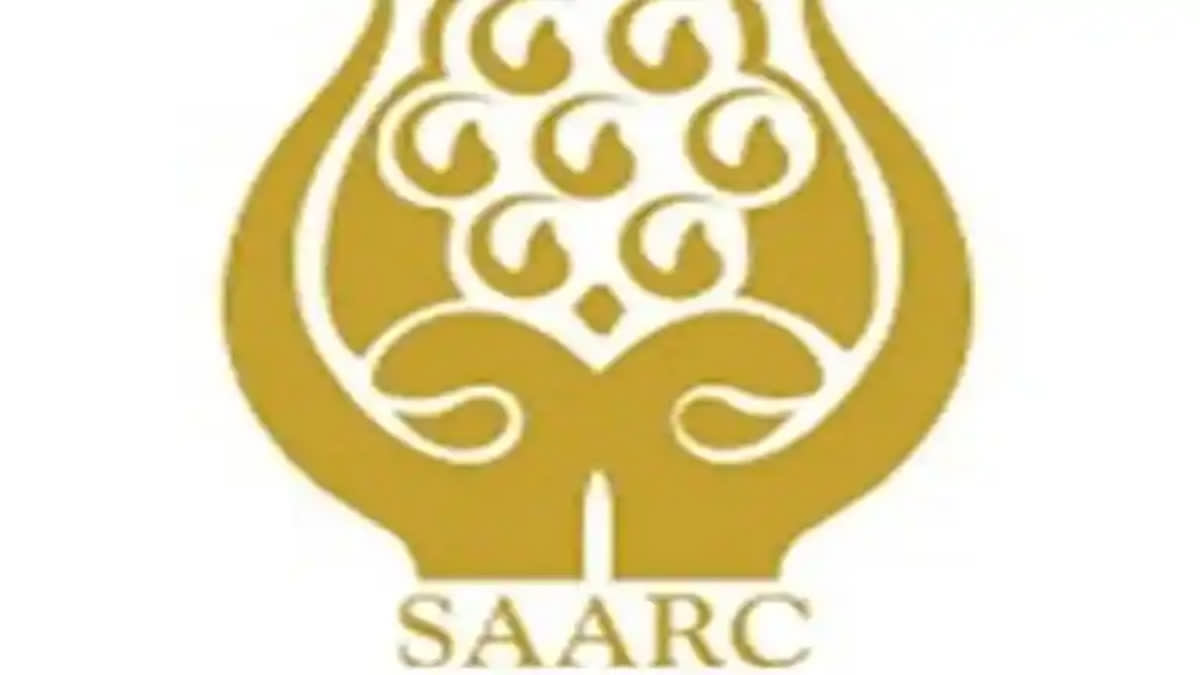New Delhi: Even as Nepal’s Lower House of Parliament approved the charter of the Bay of Bengal Initiative for Multi-Sectoral Technical and Economic Cooperation (BIMSTEC), the country’s Foreign Minister has asserted that this regional grouping cannot actually replace the South Asian Association for Regional Cooperation (SAARC) in the region.
After lengthy deliberations, the House of Representatives of the Federal Parliament of Nepal on Tuesday approved the charter of the BIMSTEC that was adopted during the virtual summit of the group hosted by Sri Lanka in 2022. But, despite this, Deputy Prime Minister and Foreign Minister Narayan Kaji Shrestha said that Nepal would not accept BIMSTEC as a replacement for SAARC as a regional organisation. He said that Nepal, as the chair of SAARC, will work to reinvigorate the organisation.
This comes in the face of India giving more priority to BIMSTEC than SAARC in recent years. Nepal is a member of both the groupings. “We do not agree on activating the BIMSTEC at the cost of SAARC becoming passive and ineffective,” the Kathmandu Post quoted Shrestha as saying during the course of the discussion. “We do not see BIMSTEC as a replacement for SAARC. In order to reinvigorate the stalled SAARC process, Nepal, as its current chair, will surely take the initiative.”
The SAARC functions as a regional intergovernmental organisation and geopolitical union in South Asia, encompassing member states such as Afghanistan, Bangladesh, Bhutan, India, Maldives, Nepal, Pakistan, and Sri Lanka. As of 2021, SAARC collectively represents 3 per cent of the world’s land area, 21 per cent of the global population, and contributes 5.21 per cent (equivalent to $4.47 trillion) to the global economy. Established on December 8, 1985, in Dhaka, SAARC operates from its secretariat located in Kathmandu, Nepal, with a primary focus on fostering economic development and promoting regional integration.
In pursuit of these goals, SAARC initiated the South Asian Free Trade Area in 2006 and maintains ongoing diplomatic relations with the United Nations as an observer. Additionally, it has forged connections with various multilateral entities, including the European Union. However, due to continuing geopolitical tensions between India and Pakistan and the evolving situation in Afghanistan, the organisation has virtually remained defunct for nearly eight years now. Presently, India engages with its eastern neighbours through BIMSTEC as an alternative avenue for cooperation.
The SAARC has been virtually rendered ineffective as a bloc, largely due to non-cooperation on the part of Pakistan on issues like connectivity and counter-terrorism. After the cross-border terror attack from Pakistani soil on an army base at Uri in Jammu and Kashmir in September 2016, that year’s SAARC Summit scheduled to be held in Islamabad stood cancelled after other members of the group joined India in boycotting it. After that, no SAARC summit has been held till date.
Meanwhile, with SAARC being defunct over the years, India has been giving more importance to BIMSTEC in terms of regional cooperation. The BIMSTEC, which came into existence in 1997, comprises seven countries lying in the littoral and adjacent areas of the Bay of Bengal - Bangladesh, Bhutan, India, Myanmar, Nepal, Sri Lanka and Thailand. The bloc brings together 1.73 billion people and has a combined GDP of $5.2 trillion as of 2023.
Membership in the bloc allows India to engage more with the extended neighbourhood in Southeast Asia under New Delhi’s Neighbourhood First Policy via northeastern India. India’s membership of BIMSTEC also complements its increasing engagements with the Association of Southeast Asian Nations (ASEAN) regional bloc under New Delhi’s Act East Policy.
